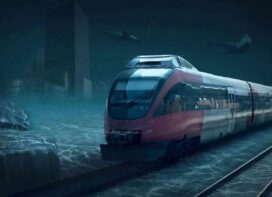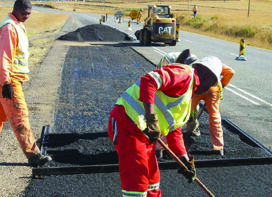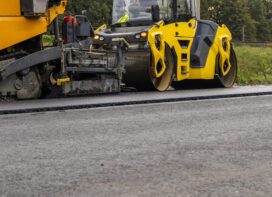With 12 E-Highways announced, and a 500km E-Highway all set to begin its operation, the government is stepping into a right direction for creating a much-needed ecosystem for e-mobility in India
NH for EV Ecosystem
 Agra-Delhi-Jaipur will be a 500 km e-mobility conversion program for National Highways and Express ways into E-Highways in just 90 days with charging stations and public transport fleets. This is aimed at converting traffic from 10% – 30% under the Ease of Doing Business programme. Interestingly, the entire E-Highway is equipped with geo-fencing and will be the first country to get the Anti-Theft System (ATS) for electric vehicle fleets. The E-Highway has charging stations within 50 km of the radius on each side. Under NHEV, all partner companies get single-window clearance in procurement, onboard banking, investor funding, certification, designing, intellectual property rights, trademarks, lease, purchase, finance, insurance to support India in transforming all 12 highways into E-Highways by end of FY 2020.
Agra-Delhi-Jaipur will be a 500 km e-mobility conversion program for National Highways and Express ways into E-Highways in just 90 days with charging stations and public transport fleets. This is aimed at converting traffic from 10% – 30% under the Ease of Doing Business programme. Interestingly, the entire E-Highway is equipped with geo-fencing and will be the first country to get the Anti-Theft System (ATS) for electric vehicle fleets. The E-Highway has charging stations within 50 km of the radius on each side. Under NHEV, all partner companies get single-window clearance in procurement, onboard banking, investor funding, certification, designing, intellectual property rights, trademarks, lease, purchase, finance, insurance to support India in transforming all 12 highways into E-Highways by end of FY 2020.
Speaking exclusively to TrafficInfraTech, Abhijeet Sinha, National Programme Director, National Highway for Electric Vehicle said, “The main intention of the government by announcing these E-Highways is to reduce fuel import. Once the government starts spending funds on creating an ecosystem such as charging infrastructure, automatically people will start buying EVs.” However, he agreed that the government did not have massive funds to build a pan-India level charging infrastructure like petrol pumps, and that’s why the government has decided to convert 12 express ways into E-Highways in a cost-effective manner. “We earned amusing criticisms for taking up E-Mobility on highways instead cities under our Ease of Doing Business program in 2018. Since all city EV chargers were unable to earn their maintenance even, today our stations on highway has 35% utilization of capex (spent on infra) with conversion of only 0.4% of traffic out of 27% yet convertible under NHEV,” he mentioned.
Technology
Currently, EVs are registered like other vehicles at Regional Transport Offices. The difference is that the number plates issued are green in colour. EV registration data is proposed to be shared with ATS for digitalization. EVs running on this particular stretch is safe and secure. When an EV is reported as stolen in any Police Station, FIR is forwarded to the nearest Cyber Crime Cell which would, in turn, forward it to centrally located ATS. ATS would be connected with both charging grids and charging stations through network service providers. When a stolen vehicle is flagged with its Battery Management System (BMS) digital registration identity, it would not be able to access any charging points/stations, web/app or digital payment interfaces. This would significantly impact the vehicle’s ability for convenient and seamless operation after the theft.
It takes only Rs 160Cr to convert a 500km of stretch into an E-Highway. MoRTH is creating a road network of 30km per day, and can convert highways into E-Highways
Seamless Communication
The 500km stretch would be equipped with 50km geofencing and emergency SOS services for vehicles under its circle. ECU / BMS of EVs are connected with the nearest station through the network for real-time updates; as soon as the battery level drops below 20%, nearest station prepares standby breakdown backup vehicle and dispatch it to EV breakup location, if EV stops before reaching charging point/station. This technical deployment of breakdown services covers 500km stretch from Jaipur to Delhi up to Agra and plays an important role in indicating 100% assurance of on-road service (in comparison to food/service delivery turnaround time in metro cities in India and abroad) to EV users against their ‘Range Anxiety’.
 TrafficInfraTech Magazine Linking People Places & Progress
TrafficInfraTech Magazine Linking People Places & Progress


